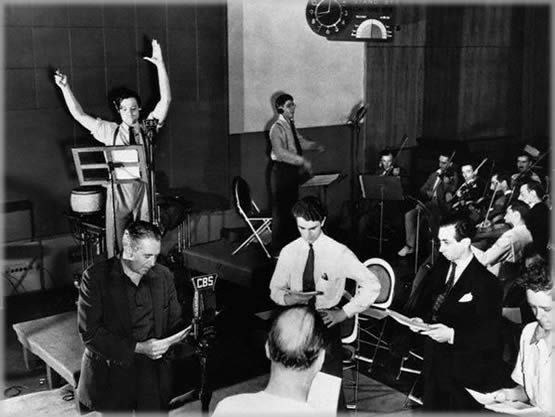So the New York Times takes on the whole history and idea of paying “residuals” in Hollywood, and if you haven’t read the weekend article by Brooks Barnes yet, you should.
It ends with a nice bit of history about how the whole “residual” concept got started:
When residuals started in the entertainment business, television was still a black-and-white blur and Shirley Temple reigned in movie theaters. In fact, radio actually came up with the system, said Charles Slocum, assistant executive director of the Writers Guild. In radio’s early days, performances were always live — sometimes as many as three times in a row — to account for different time zones. The cast and crew were paid for each performance.

In the 1930s, radio networks began taping performances. But managers didn’t trust the tape and insisted that the performers be on hand as the program rolled across time zones in case something didn’t work. This, in part, created a precedent for paying a residual for a rerun, Mr. Slocum said.
As early as 1954, the upstart TV networks had the same worry about tape and adopted the same policy. The Screen Actors Guild, meanwhile, started agitating for residuals when movies were replayed on television. In 1960, with the networks and studios awash in money, they agreed. The system has changed little since. Though the unions want to keep it, they do want to change the formula to increase their residual payments.
The residuals fight is purely a labor issue. As far as United States copyright law is concerned, according to Mr. Slocum of the Writers Guild, movie writers are entitled to their initial fee and nothing more. The copyright for a movie automatically belongs to the entity that puts up the cash to make it.
So as negotiations get ready to reboot after a brief pause, here’s our modest proposal from Union Roundup central: If the producers want to take residuals back, then okay, writers, let them — if they give you back the copyright, in return.
(You may have to figure out how to share that with directors, but that should sufficiently put things in perspective….)
Just a thought.
Yours?





